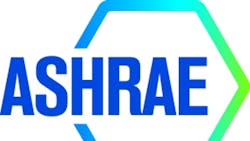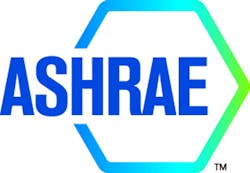ASHRAE Guideline on Specifying Building Automation Systems Published
ASHRAE recently announced the publication of ASHRAE Guideline 13-2014, Specifying Building Automation Systems.
Annex D was added to aid the specification of performance-monitoring systems.
“The guideline defines three levels of performance monitoring and provides criteria for each level,” Dave Kahn, chair of the Guideline 13 committee, said. “This allows even the basic systems to realize some performance-monitoring benefits. It allows monitoring and reporting of HVAC-equipment function and operating efficiency, energy consumption, and environmental conditions. Careful grouping of X-Y-type plots can provide information required to monitor and, if necessary, troubleshoot each different part of the HVAC system. A Level 3 automated fault diagnosis can be used to predict faults.”
The cost of Guideline 13-2014 is $81 for ASHRAE members and $95 for non-members. Copies can be ordered by phone at 800-527-4723 (United States and Canada) or 404-636-8400, by fax at 678-539-2129, or online at www.ashrae.org/bookstore.
About the Author
Scott Arnold
Executive Editor
Described by a colleague as "a cyborg ... requir(ing) virtually no sleep, no time off, and bland nourishment that can be consumed while at his desk" who was sent "back from the future not to terminate anyone, but with the prime directive 'to edit dry technical copy' in order to save the world at a later date," Scott Arnold joined the editorial staff of HPAC Engineering in 1999. Prior to that, he worked as an editor for daily newspapers and a specialty-publications company. He has a bachelor's degree in journalism from Kent State University.

